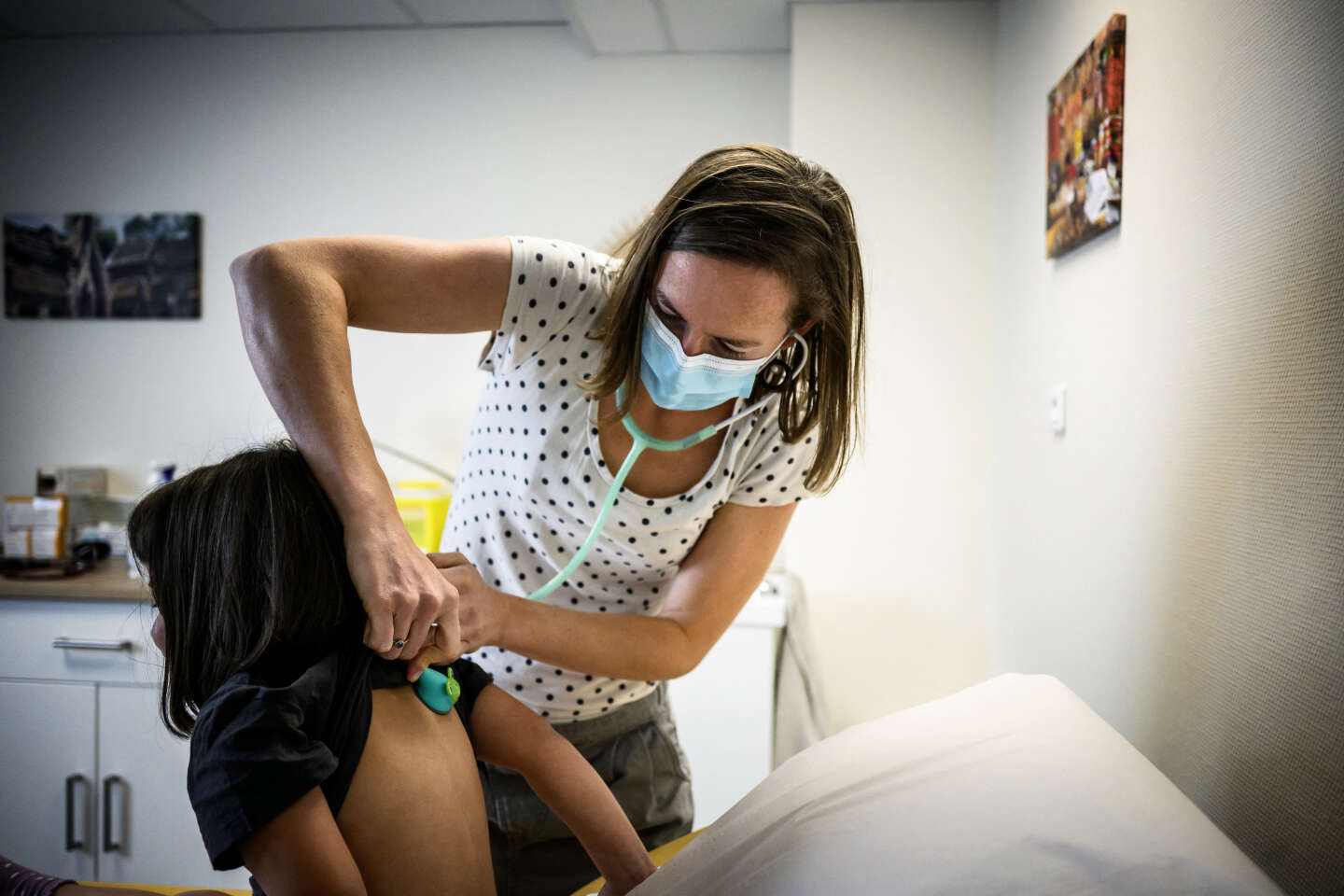
A significant increase in cases of pneumonia in children is reported by Public Health France in weekly reports published on Wednesday November 22nd. The national Oscour information bulletin mentions a 44% increase in emergency visits for this reason among 0 to 2 year olds compared to the previous week and a 23% increase among 2 to 14 year olds for a total of 2,136 for the week of November 13th to 19th Passages. SOS-Médecins, in turn, mentions an increase in medical procedures for 2- to 14-year-olds of 30% or 641 procedures. Medical activity for pneumonia is therefore around twice as high as in the previous two seasons.
How is it to be explained? First, viral epidemics such as bronchiolitis and influenza are accompanied every year by an increase in bacterial infections that can cause pneumonia. “In the case of a viral infection, the virus weakens the mucous membranes of the respiratory tract, which then promotes a bacterial infection.” recalls Romain Basmaci, head of the department of general pediatrics and pediatric emergencies at the Louis Mourier Hospital (Assistance publique-Hôpitaux de Paris, AP-HP) and secretary general of the French Society of Pediatrics.
Difficult to diagnose
Another factor will be added to this classic mechanism this fall: Mycoplasma pneumoniae, a bacteria that doctors had rarely encountered in recent years. “We are seeing its resurgence throughout the Northern Hemisphere.” says Antoine Flahault, director of the Institute of Global Health in Geneva, who explains this more precisely “The epidemics of Mycoplasma pneumoniae occur every three to seven years without us knowing exactly why.
It is difficult to accurately assess the co-responsibility of this pathogen, said Mr. Basmaci, because the diagnosis is not always easy: it is based on a PCR test, “But it is not because it is detected in the nose that it is responsible for the infection.”. In addition, this test is not a routine examination and is not carried out in community medicine, but only in hospital.
To better understand the extent of the epidemic, “We have to check and alert doctors”said Gilles Pialoux, head of the department of infectious and tropical diseases at Tenon Hospital (AP-HP), but also “Send the samples to the national reference center to quantify the increase Mycoplasma pneumoniae and assess antibiotic resistance.
It has long been known that this pathogen is resistant to amoxicillin, but it is sensitive to macrolide drugs. However, over time, bacterial strains can develop mutations that allow them to survive these molecules. This phenomenon of antibiotic resistance is also fueling medical concerns about the rise in pneumonia cases seen in northern China.
You still have 35% of this article left to read. The rest is reserved for subscribers.





